Home>Ideas and Tips>DIY Guide To Installing A Kitchen Backsplash
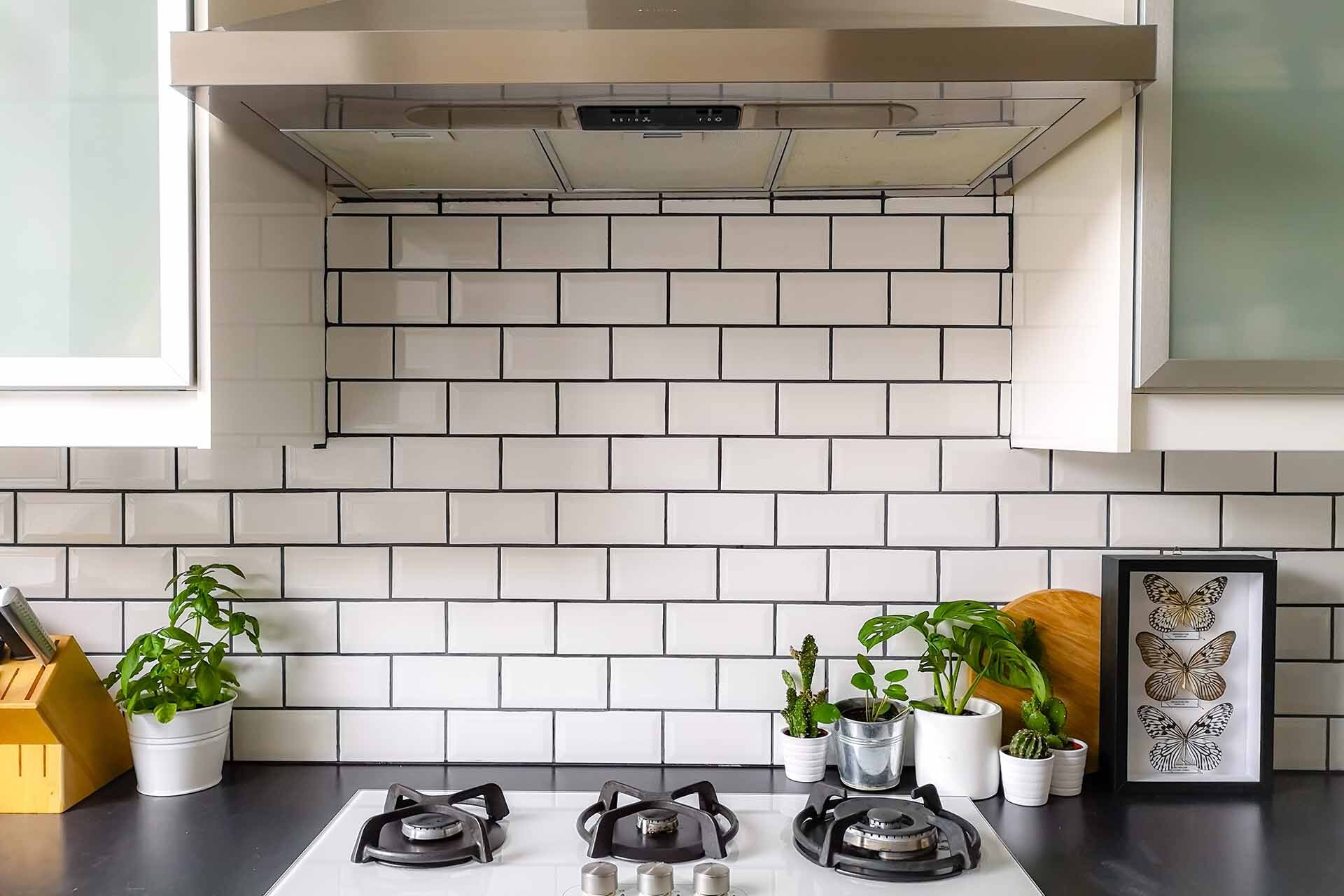

Ideas and Tips
DIY Guide To Installing A Kitchen Backsplash
Modified: October 20, 2024
Enhance your kitchen with our DIY guide to installing a backsplash. Learn step-by-step tips, tools needed, and expert advice for a professional finish.
(Many of the links in this article redirect to a specific reviewed product. Your purchase of these products through affiliate links helps to generate commission for Storables.com, at no extra cost. Learn more)
Installing a kitchen backsplash is a fantastic way to enhance the look and functionality of your kitchen. It not only adds a decorative element but also protects your walls from splatters and spills. In this comprehensive guide, we will walk you through the steps involved in installing a kitchen backsplash, from preparation to completion.
Why Install a Kitchen Backsplash?
Before we dive into the installation process, let's discuss why you should consider installing a kitchen backsplash. Here are some compelling reasons:
- Aesthetic Appeal: A backsplash can significantly enhance the visual appeal of your kitchen. It comes in various designs, materials, and colors, allowing you to choose one that complements your kitchen's style.
- Protection: The primary function of a backsplash is to protect your walls from splashes of water, oil, and food. This is especially important in kitchens where cooking and cleaning are frequent activities.
- Easy Maintenance: A backsplash is generally easier to clean than painted walls. It provides a smooth surface that can be wiped down quickly, making maintenance a breeze.
- Increased Property Value: Installing a backsplash can increase the value of your property. It's a small investment that can make a significant difference in the overall look and feel of your kitchen.
Read more: DIY Guide: Installing A Kitchen Backsplash
Tools and Materials Needed
Before you start the installation process, it's essential to gather all the necessary tools and materials. Here’s a comprehensive list:
- Tile: The type of tile you choose will depend on your personal preference and the style of your kitchen. Common types include ceramic, glass, and natural stone.
- Pre-mixed Mortar: This is used to adhere the tiles to the wall.
- Grout: Grout fills the gaps between the tiles, providing a clean and uniform appearance.
- Grout Maximizer: This tool helps to remove excess grout from the surface of the tiles.
- Silicone Caulk: Caulk is used to seal any gaps around edges or corners.
- Painter’s Tape: This is used to protect surfaces from mortar and grout.
- Small Finish Nails: These may be needed for securing any trim pieces.
- Scrap Cardboard, Drop Cloth, or Plastic Tarp: These materials protect your countertops and floors from debris.
- Scrap Wood Board: This can be used as a spacer or for cutting tiles.
- Notched Trowel: A notched trowel is essential for applying mortar to the back of the tiles.
- Utility Knife or Scissors: These are used for cutting tiles.
- Diamond Blade Wet Saw: A wet saw is necessary for cutting tiles accurately.
- Rubber Float: A rubber float is used to spread and smooth out the grout.
- Caulking Gun: This is used to apply silicone caulk.
- 80-Grit Sandpaper: Sandpaper can be used to smooth out any rough edges.
- Respirator Mask: A respirator mask protects you from inhaling dust and debris.
- Safety Goggles: Safety goggles protect your eyes from flying particles.
- Cloths: Cloths are necessary for cleaning up spills and wiping down surfaces.
- 2-3 Sponges: Sponges are used to clean grout and remove excess mortar.
- Measuring Tape: A measuring tape ensures that your tiles are cut accurately.
- 2-3 Buckets: Buckets are needed for mixing mortar and grout.
- 24-Inch Level: A level ensures that your tiles are installed straight.
- Hammer: A hammer can be used to tap tiles into place.
- Mixing Drill: A mixing drill is necessary for mixing mortar and grout.
- Paintbrush: A paintbrush can be used to apply caulk.
- Professional-Grade Vacuum: A vacuum cleaner helps in cleaning up debris.
Step-by-Step Guide
Step 1: Measure and Plan Your Backsplash
Before you begin the installation process, it's crucial to measure your kitchen area accurately. Measure the width and length of your backsplash area, taking into account any obstructions like electrical outlets or plumbing fixtures. This will help you determine how many tiles you'll need.
Tips:
- Calculate Extra Tile: Always budget for extra tile material in case you break any tiles or encounter unexpected waste.
- Choose the Right Tile Size: Select tile sizes that fit your kitchen's dimensions. Common sizes include 4 x 4 inches and 6 x 3 inches.
Step 2: Remove Old Backsplash
If you're replacing an existing backsplash, start by removing it. This involves scraping off old adhesive and cleaning the surface thoroughly.
Tips:
- Use a Scraper: Use a scraper to remove old adhesive and grout.
- Clean the Surface: Ensure the surface is clean and dust-free before proceeding.
Step 3: Prepare the Surface
Prepare the surface by applying a primer if necessary. This step ensures a strong bond between the old surface and new tiles.
Tips:
- Check for Bumps: If your existing tile is bumpy or uneven, consider replacing it for a smooth finish.
- Use a Primer: Apply a primer to ensure better adhesion.
Step 4: Set Up and Layout
Set up your workspace by covering countertops with painter’s tape or cardboard. Spread a drop cloth on the floor to protect it from debris.
Tips:
- Move Appliances: Move appliances like stoves, fridges, and dishwashers out of the way.
- Use Spacers: Use spacers to maintain even spacing between tiles.
Step 5: Apply Mortar
Apply pre-mixed mortar to the back of each tile using a notched trowel. Spread the mortar evenly, ensuring it covers the entire surface of the tile.
Tips:
- Hold the Trowel at an Angle: Hold the trowel at an angle to prevent mortar from oozing out between tiles.
- Draw Grooves: Use the short side of the trowel to draw grooves into the mortar.
Step 6: Install Tiles
Install tiles row by row, starting from the center and working your way outward. Ensure uniform grout lines with surrounding tiles.
Tips:
- Use a Level: Periodically use a level to check straightness.
- Mark Cut Lines: Mark cut lines on tiles where necessary using a pencil and straight edge.
- Cut Tiles Accurately: Cut tiles accurately using a diamond blade wet saw or utility knife.
Step 7: Grouting
Once all tiles are installed, apply grout between them using a rubber float. Spread grout evenly but avoid applying too much at once.
Tips:
- Clean Excess Grout: Use a damp sponge to remove excess grout from the surface of tiles.
- Allow Grout to Set: Allow grout to set for about 30 minutes before wiping down surfaces with a damp sponge.
Step 8: Caulking
Apply silicone caulk around edges or corners where tiles meet countertops or walls. Hold the caulking gun at a 45-degree angle so that the tip of the nozzle is parallel to the countertop.
Tips:
- Seal Gaps: Seal any gaps between tiles and countertops or walls.
- Clean Up Spills: Clean up spills immediately using cloths or sponges.
Step 9: Sealing (Optional)
If desired, apply a sealant over the grout lines for added protection against stains.
Tips:
- Choose the Right Sealant: Select a sealant suitable for your type of grout.
- Follow Instructions: Follow manufacturer instructions for application and drying times.
Additional Tips
Here are some additional tips to keep in mind during your project:
- Work in Small Sections: Divide your workspace into smaller sections to maintain even spacing and avoid mistakes.
- Use Protective Gear: Always wear protective gear like respirator masks and safety goggles when working with power tools or chemicals.
- Clean Up Regularly: Clean up debris regularly to avoid cluttering your workspace.
Conclusion
Installing a kitchen backsplash is a rewarding DIY project that can significantly enhance the look and functionality of your kitchen. By following these steps and tips, you'll be able to achieve professional-looking results without breaking the bank. Remember to plan carefully, measure accurately, and work methodically through each step. With patience and practice, you'll be able to create a beautiful and functional kitchen backsplash that you'll enjoy for years to come.
References:
- FOXY OXIE – How To Tile a Kitchen Backsplash: DIY Tutorial
- Artsy Chicks Rule – Kitchen Tile Backsplash (Do-It-Yourself)
- Erin Zubot Design – DIY Backsplash Tiling – An Easy Project for Beginners!
- The DIY Mommy – How to Install Kitchen Backsplash Tile: An Easy Guide
By following this comprehensive guide, you'll be well-equipped to tackle your kitchen backsplash installation project with confidence. Happy tiling
Was this page helpful?
At Storables.com, we guarantee accurate and reliable information. Our content, validated by Expert Board Contributors, is crafted following stringent Editorial Policies. We're committed to providing you with well-researched, expert-backed insights for all your informational needs.
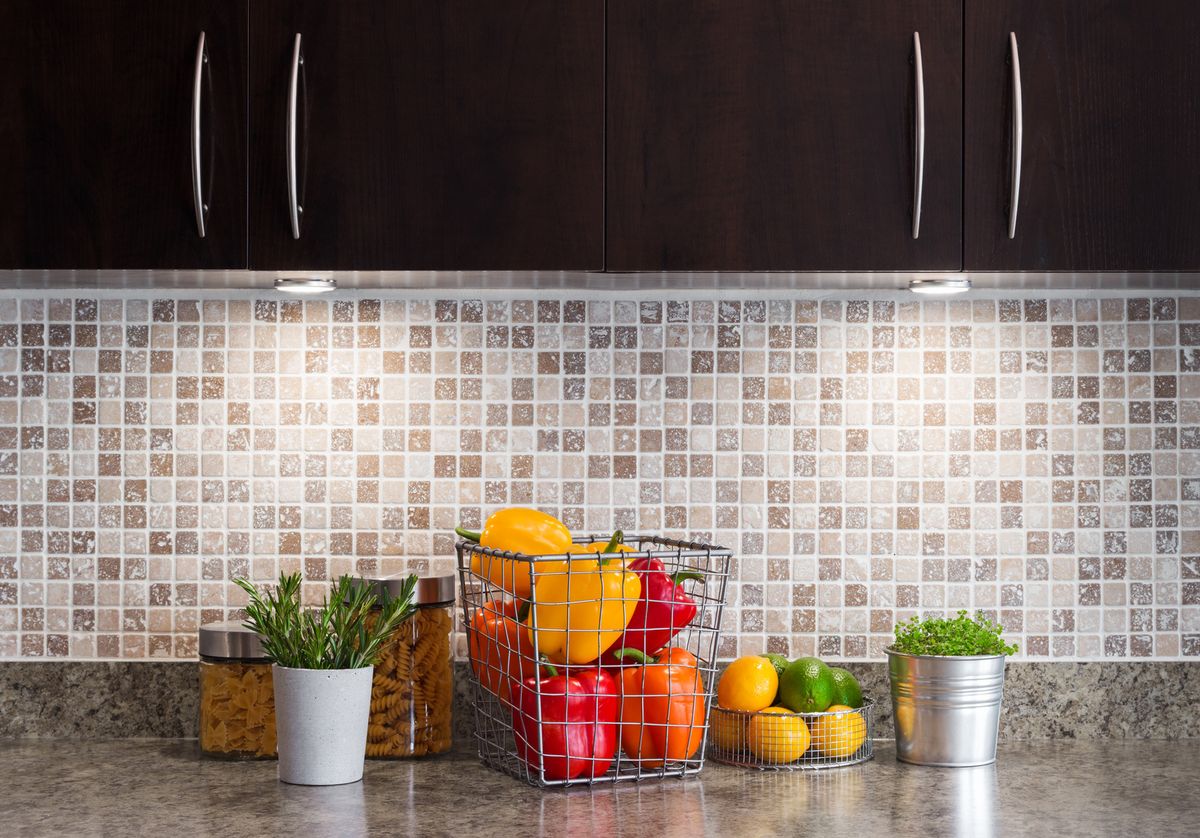
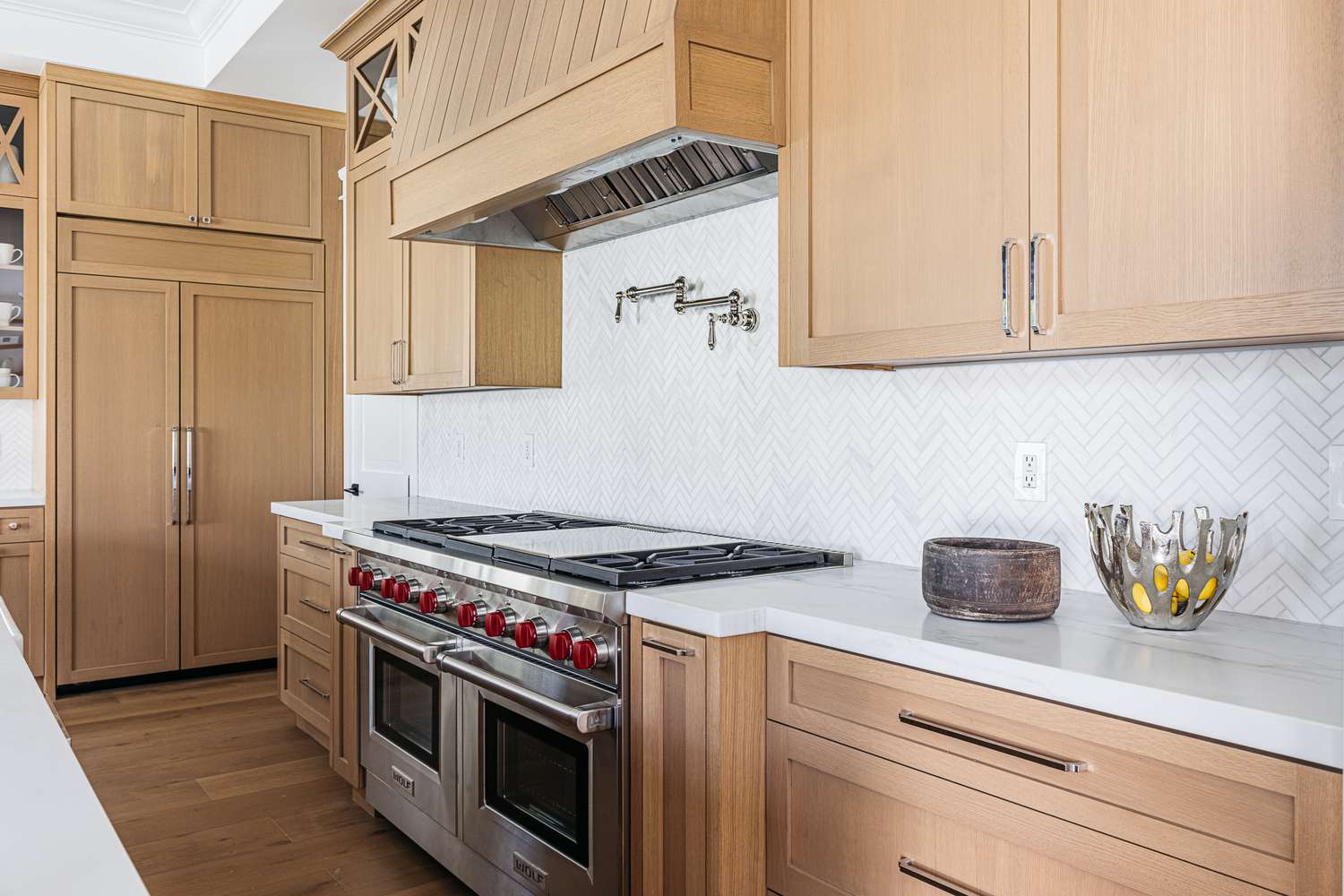
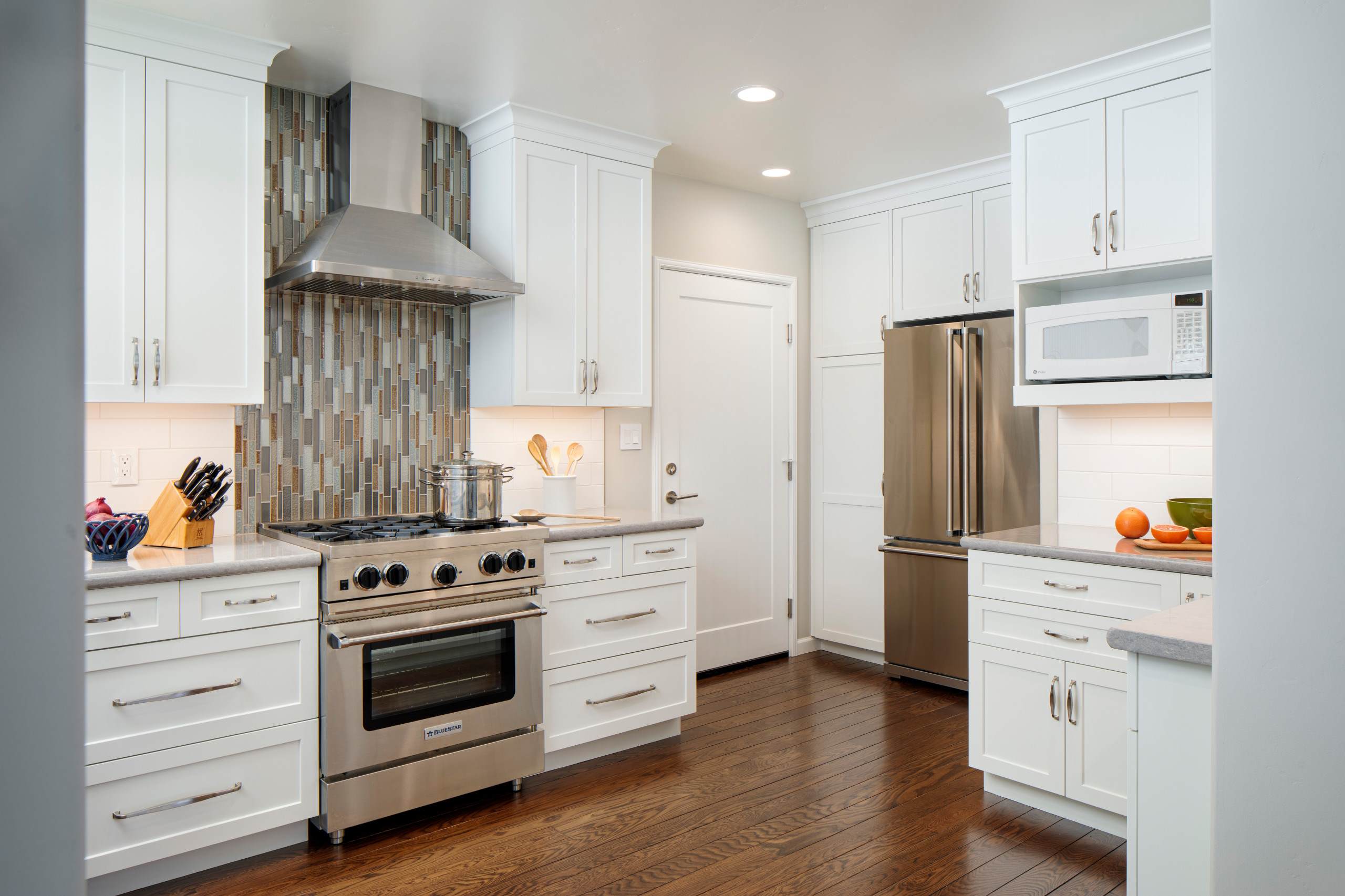
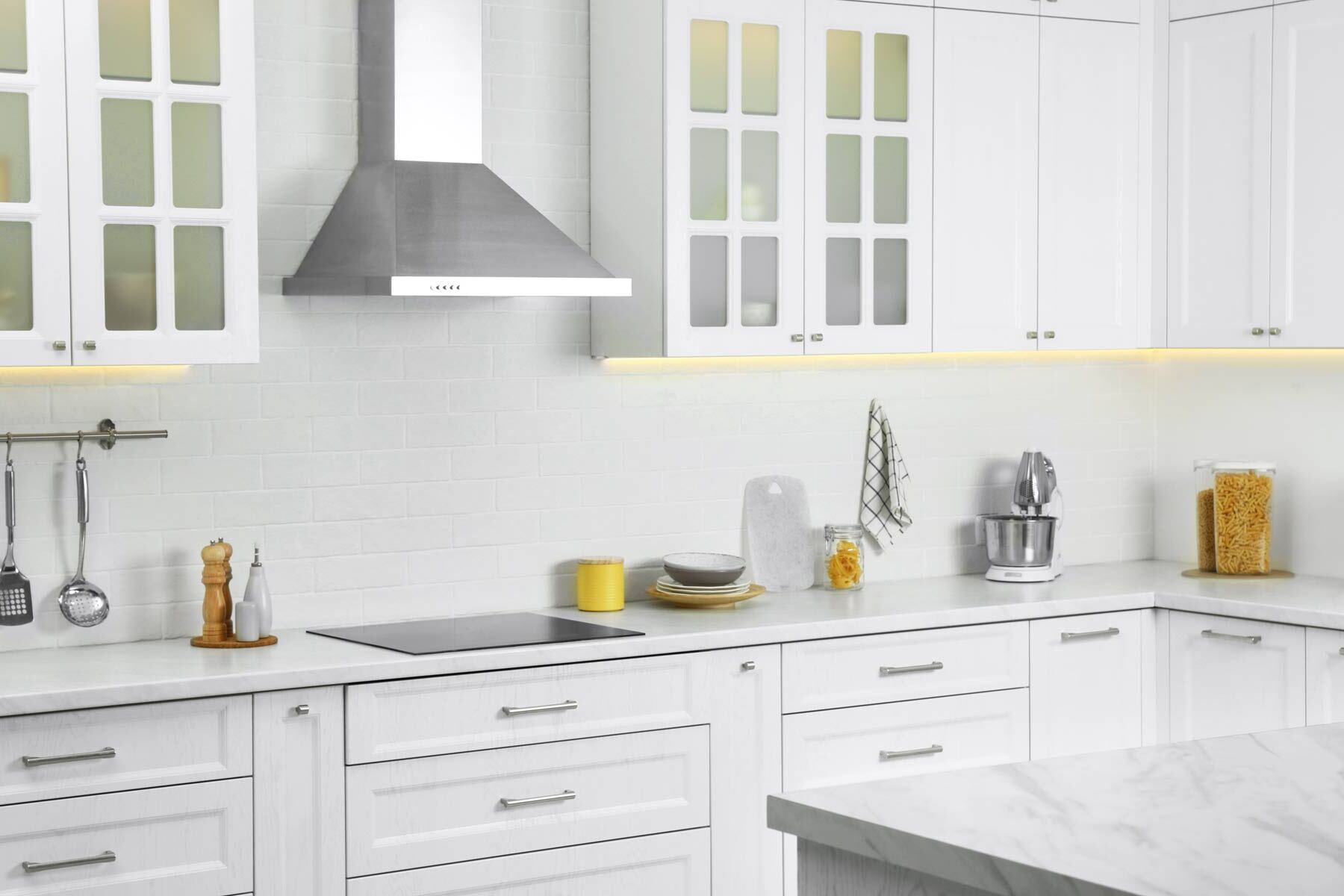
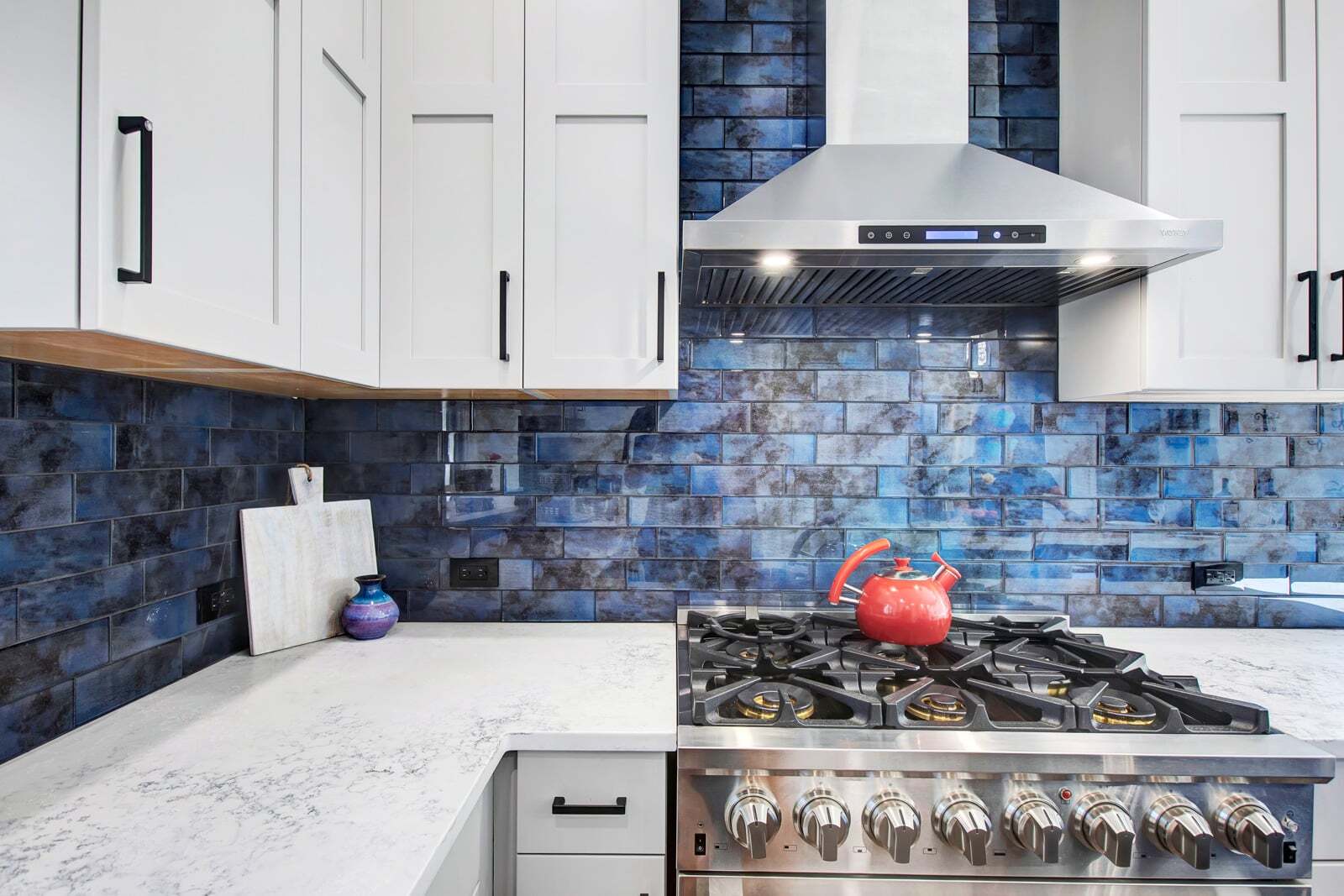
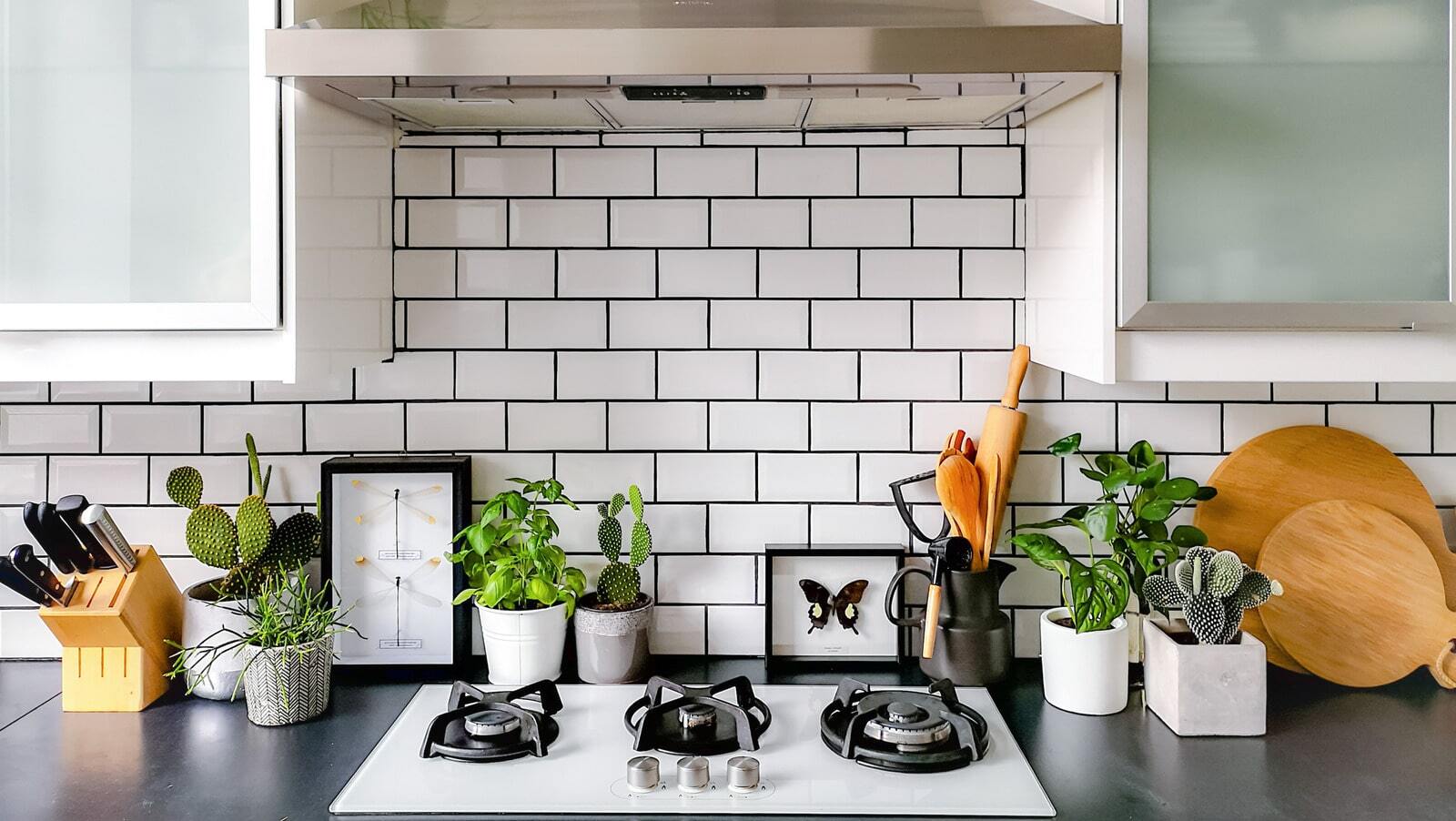
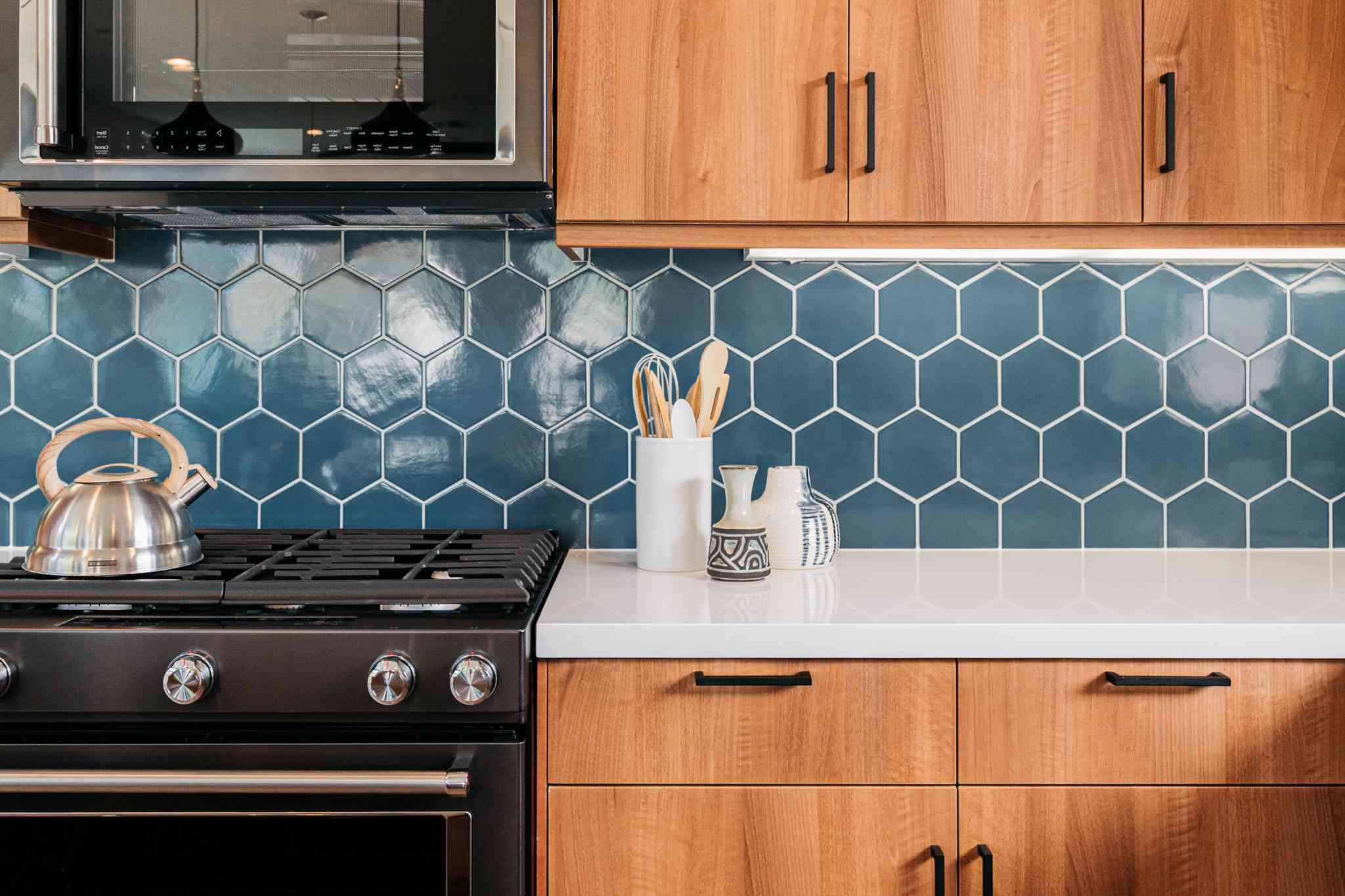
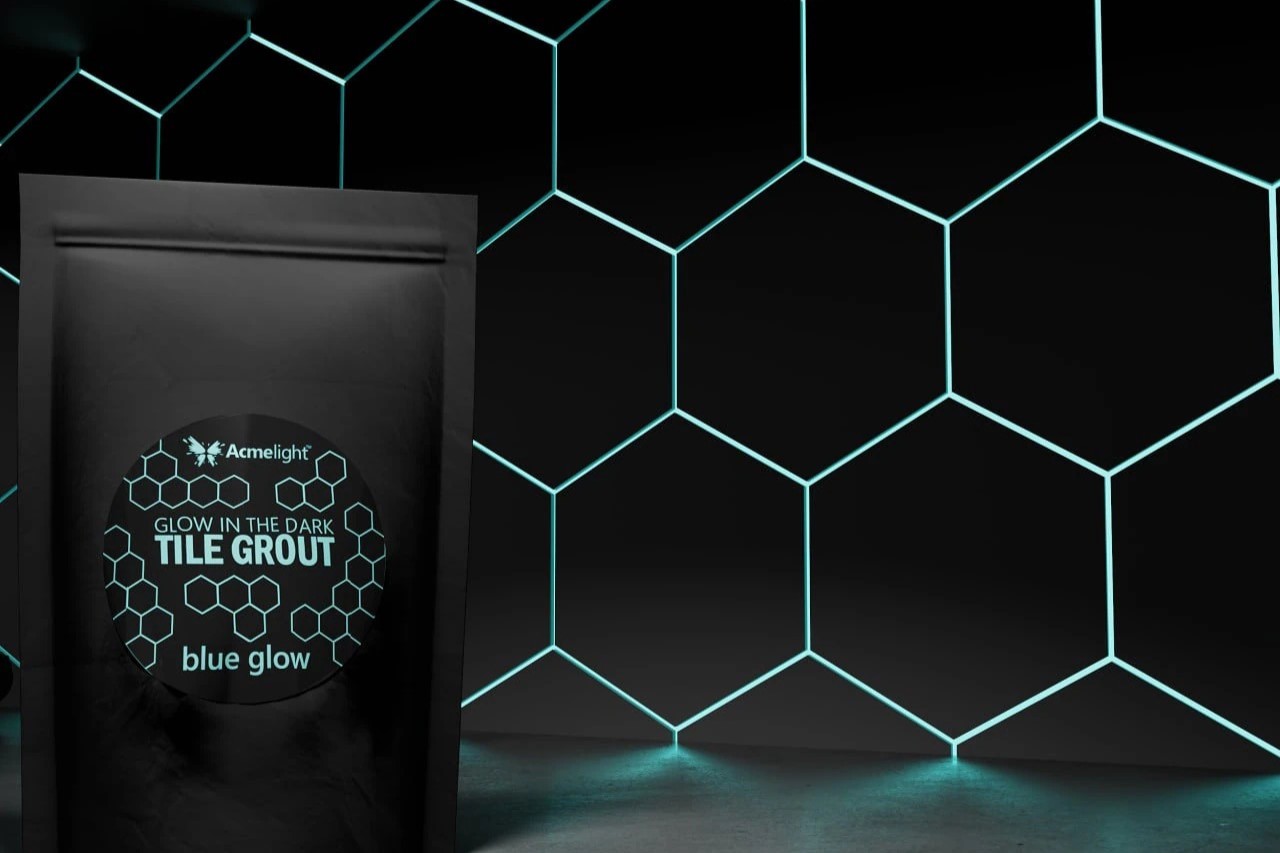
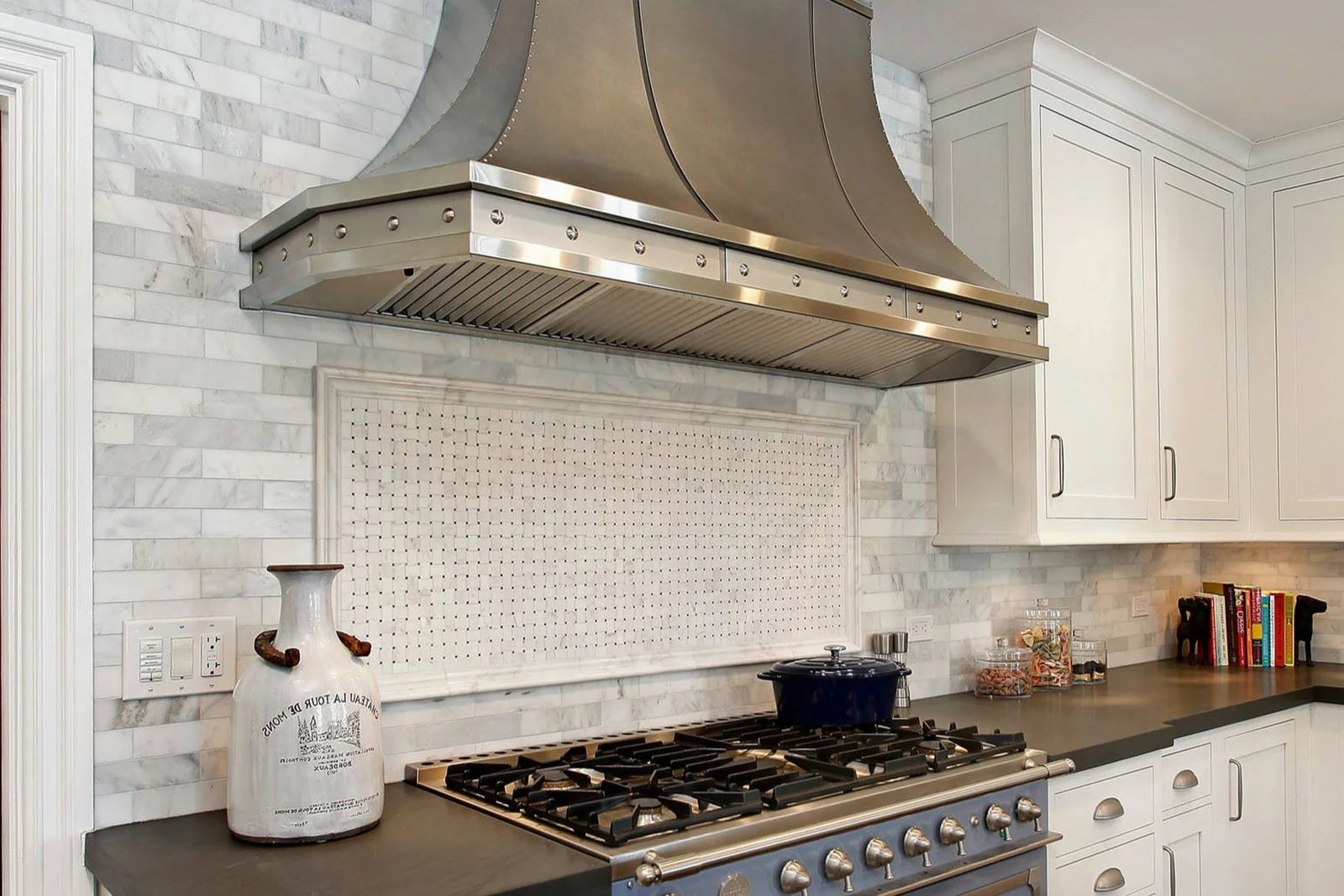
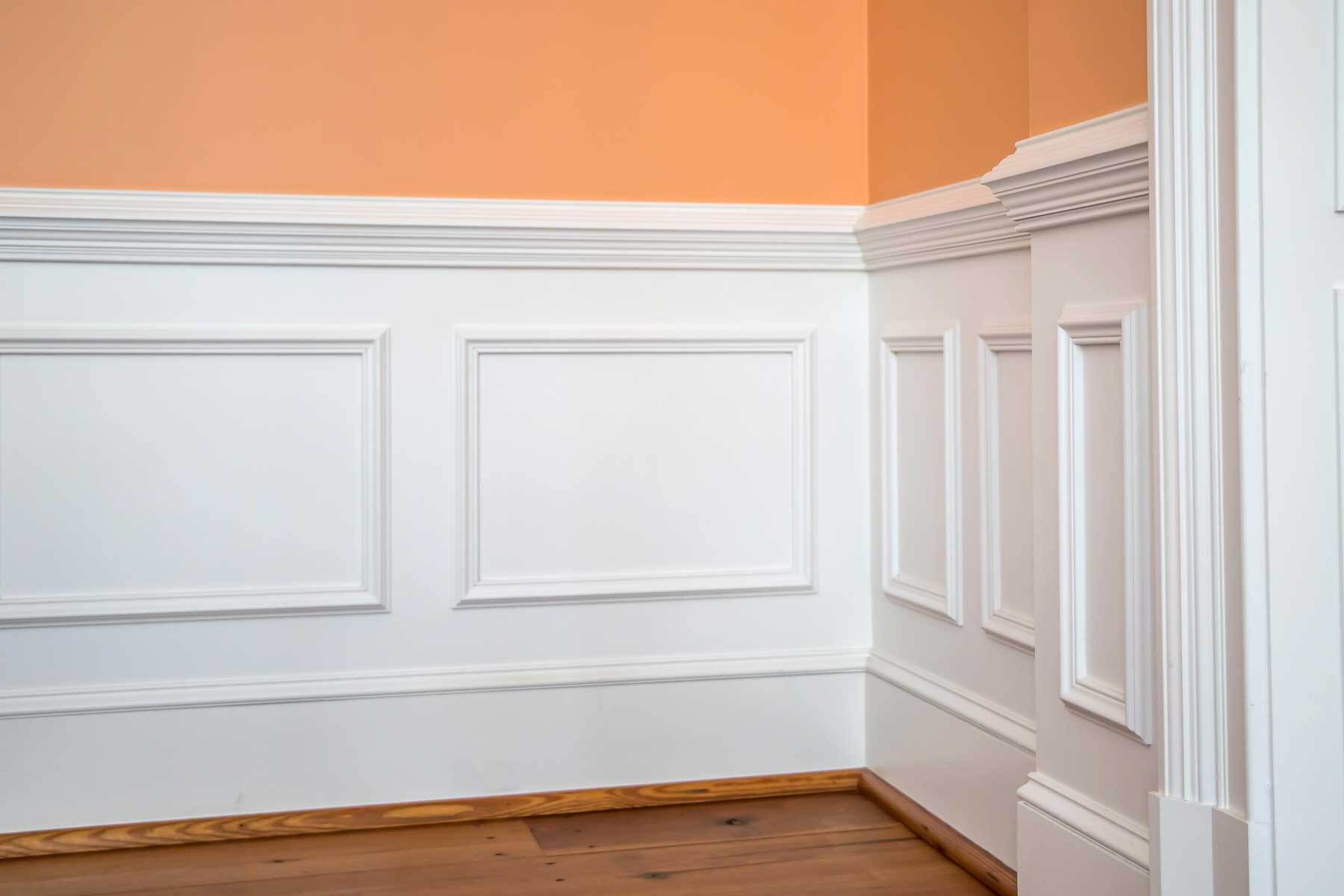
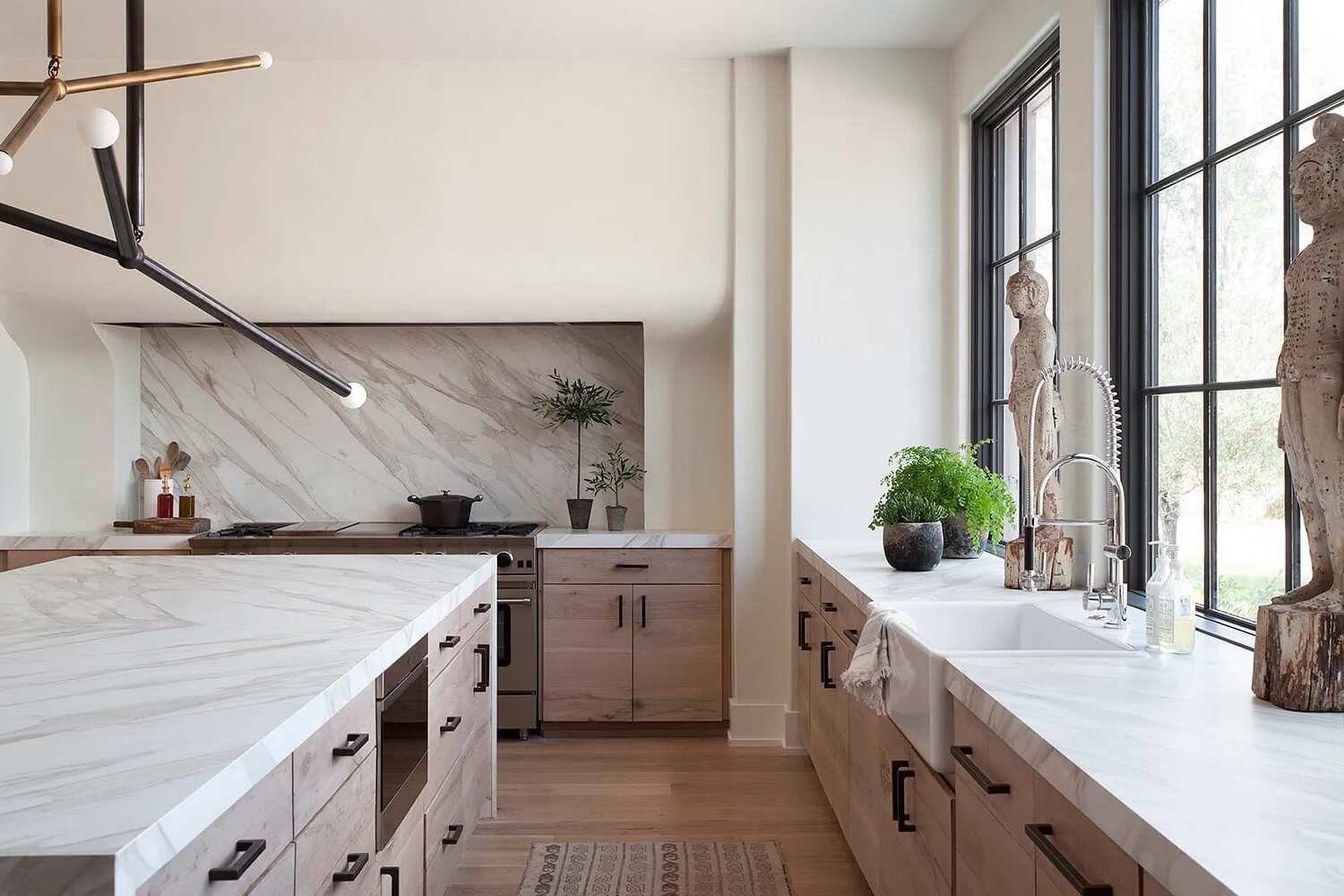
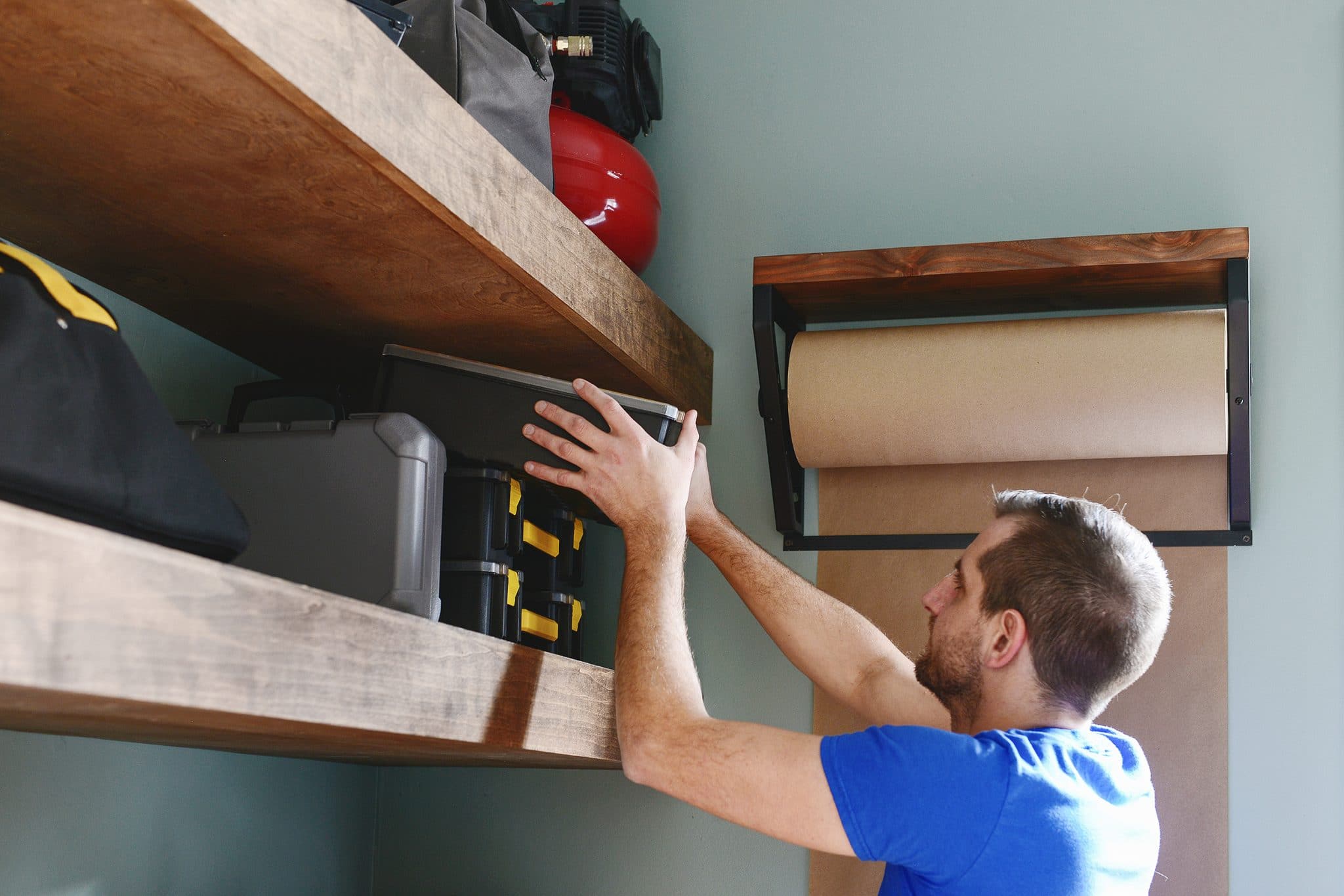

0 thoughts on “DIY Guide To Installing A Kitchen Backsplash”